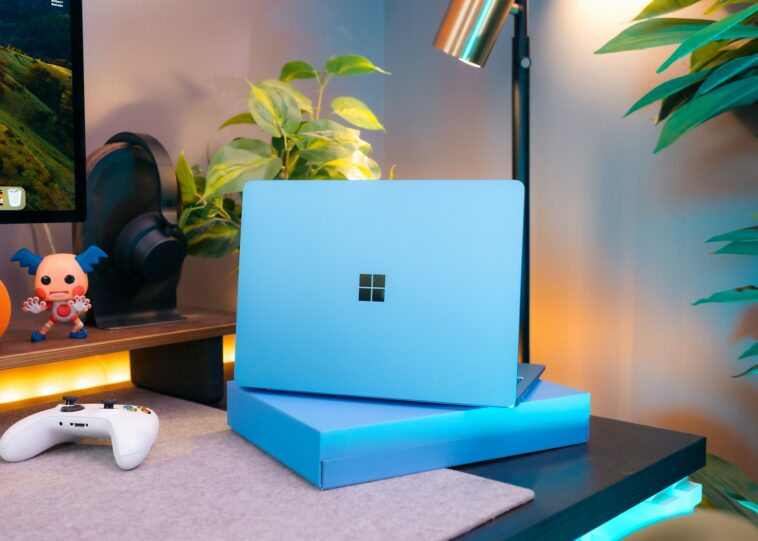If you’ve ever used Bing, shopped at the Microsoft Store, or played Xbox games, you’ve probably seen little mentions of Microsoft Rewards.
It’s one of those programs that quietly sits in the background until you realize, “Wait… I can actually get gift cards just for searching or gaming?”
I’ve had a lot of friends ask me when Microsoft Rewards actually started, and it’s a fair question.
It feels like it’s been around forever, but the truth is, it’s not that old compared to other loyalty programs.
Understanding its history gives us a clearer picture of how Microsoft has shifted over the years—especially as it started leaning more into services, subscriptions, and community-building.
So let’s break it down: how long has Microsoft Rewards been around, why was it created, and why should you care about it now?
The Origins of Microsoft Rewards
Microsoft Rewards was officially launched in 2016, but the idea actually traces back a bit earlier. Before Rewards, there was a program called Bing Rewards, which started in 2010.
Bing Rewards let you earn points simply by searching the web using Microsoft’s search engine.
At first, Bing Rewards was a pretty small-scale loyalty experiment. You could earn credits for searches and then redeem them for gift cards, sweepstakes entries, or donations.
It was Microsoft’s way of encouraging people to actually use Bing instead of defaulting to Google.
Then in 2016, Microsoft decided to expand on that foundation. Bing Rewards was rebranded and evolved into Microsoft Rewards, a program that didn’t just reward searches but also tied in with Microsoft’s larger ecosystem. Suddenly, you could earn points from:
Searching with Bing (still a major way to earn)
Shopping at the Microsoft Store (online and on Xbox)
Playing games on Xbox
Completing quizzes, daily offers, and challenges
Subscribing to Microsoft services like Xbox Game Pass Ultimate
This marked a big shift. Instead of just being a “search loyalty” program, Microsoft Rewards became a full-on customer engagement strategy.
Why Microsoft Rewards Matters Today
Fast forward to now, and Microsoft Rewards has grown into a surprisingly valuable perk—especially if you’re someone who’s already using Microsoft products or gaming on Xbox.
Here’s why it matters:
It actually adds up. I’ve personally redeemed points for Xbox gift cards, and while it’s not going to cover all your gaming costs, it’s a steady stream of small rewards that feel satisfying.
It’s integrated. Unlike many loyalty programs where you have to jump through hoops, Microsoft Rewards is baked right into the products you’re probably already using. Searching, gaming, or just opening the Rewards app on Xbox contributes to your balance.
It’s free. No hidden fees, no premium tier—just simple participation.
And in a time where every company is fighting for customer loyalty, Microsoft Rewards is one of the more generous and straightforward programs out there.
How It’s Evolved Over the Years
If you’ve been around since the Bing Rewards days, you’ve seen some big changes. Here are a few milestones worth noting:
2010: Bing Rewards launches. Search with Bing, earn credits.
2016: Bing Rewards is rebranded into Microsoft Rewards, expanding beyond just search.
2018–2019: Rewards integrates more deeply with Xbox, adding daily challenges, achievement bonuses, and special Game Pass perks.
2020–2022: Rewards continues to grow, offering more redemption options like Disney+, Spotify, and expanded gift card selections.
Now: Microsoft Rewards is available in many countries, tied closely to Xbox Game Pass Ultimate, and even features community donations where points can go to charities.
The program has moved from being a “Bing thing” to being a central part of Microsoft’s ecosystem.
FAQs
When exactly did Microsoft Rewards launch?
Microsoft Rewards launched in 2016 as a rebranding of Bing Rewards (which started in 2010).
Is Microsoft Rewards available everywhere?
Not quite.
While it has expanded a lot over the years, it’s still not in every country. Availability depends on region, but it’s widely accessible in the U.S., U.K., and several other major markets.
Can you really get free stuff from it?
Yes. Gift cards for Xbox, Amazon, and other retailers are some of the most popular rewards. You can also redeem for sweepstakes entries or donate to charities.
Do points expire?
Yes, if your account is inactive for 18 months, your points can expire. But as long as you’re earning regularly, you’re safe.
Is it worth the effort?
In my experience, yes. You won’t get rich off it, but if you’re already searching with Bing or playing Xbox, you may as well collect points and trade them in for small perks.
Why People Stick With It
I think the reason Microsoft Rewards has lasted this long is simple: it feels good to get something back for what you’re already doing.
Most of us search the web daily. Many of us shop digitally. Millions of us game. So why not turn those habits into points? Even if it’s just enough for the occasional $10 Xbox gift card, that’s still money you don’t have to spend out of pocket.
And honestly, I like that Microsoft tied Rewards into daily activities instead of just purchases. Some loyalty programs only give you points if you’re spending big money, but here you can build up points just by doing quizzes, searches, or playing your favorite games.
The Bottom Line
So, how long has Microsoft Rewards been around? Technically since 2016, but if you count its Bing Rewards roots, we’re looking at over a decade of history.
What started as a small loyalty experiment has grown into a major ecosystem benefit—one that’s especially valuable for gamers, Bing users, and anyone who enjoys a little bonus for their everyday digital habits.
The bigger question, though, is this: how do you want to use Microsoft Rewards going forward? Do you see it as a fun way to cover small costs, a motivation to try new Microsoft services, or just an occasional perk that adds a bit of value to your daily routine?





GIPHY App Key not set. Please check settings